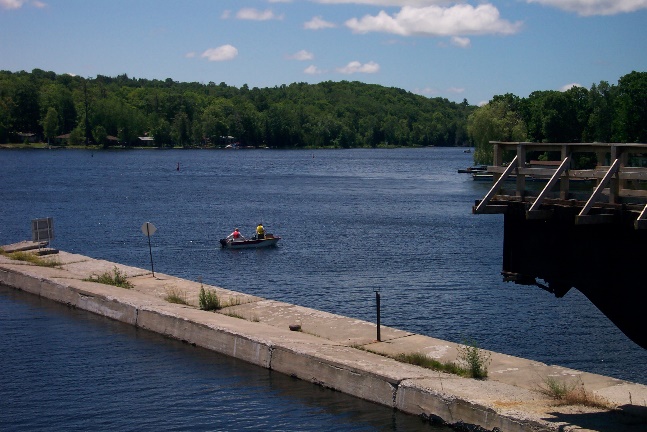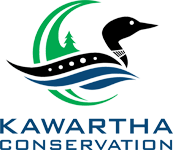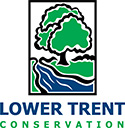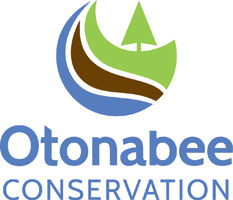What Is an Intake Protection Zone?

Many municipalities rely on surface water to supply drinking water to their residents. Surface water is water that is visible on the landscape. In Ontario this includes lakes, rivers and streams.
The majority of Ontario’s population draws its drinking water directly from the Great Lakes and large rivers, such as the Ottawa River and the St. Lawrence River. Surface water is transported through an intake pipe directly from the lake, river or stream and into a water treatment system. Fortunately, many of these drinking water intakes are located far from shore in deep water, like in the Great Lakes, where contamination is less likely. However, many other municipal surface water intakes in Ontario are located in areas where there are greater risks of contamination.
Protecting the area around a surface water intake means protecting the surrounding water and, in most cases, the land that surrounds the water. This area of water and land is known as an intake protection zone, or IPZ. Protecting it ensures a healthy supply of water now and in the future. Intake protection zones in a large lake, such as a Great Lake, may end up in the shape of a circle and never touch shore, however, intake protection zones in smaller lakes or on rivers may also include the land surrounding it, as well as several smaller feeder rivers or tributaries.





